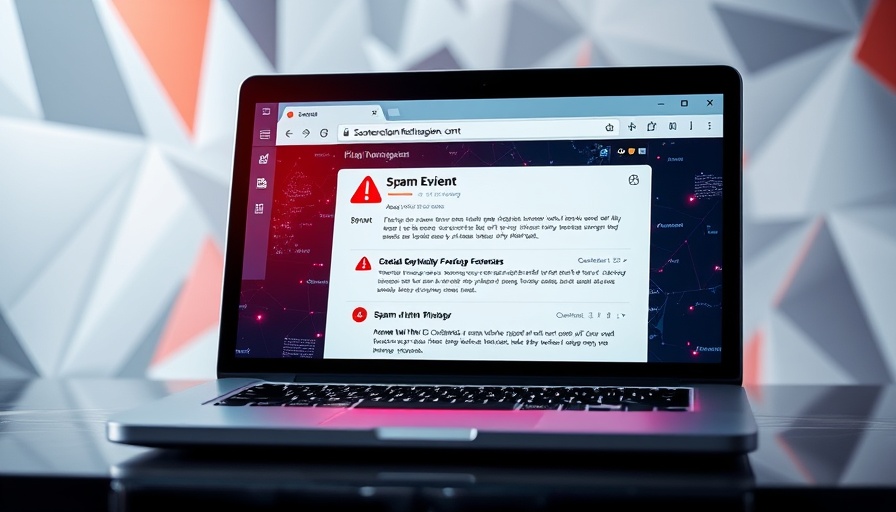
Understanding Spam Trigger Words: A Critical Marketing Tool
Spam trigger words are crucial terms that, in the early days of digital marketing, could easily land your emails in the dreaded junk folder. Think phrases like "Buy now!" or "FREE!!!" While modern spam filters have evolved to include sender reputation and engagement metrics, these notorious terms still hold power over email deliverability. For marketers in today's landscape, understanding and avoiding these words can mean the difference between successful engagement and wasted communication.
The Evolution of Spam Filters
In the early 2000s, spam filters were primarily content-based, flagging emails based on the language used within them. This approach often resulted in legitimate marketing content being misidentified as spam, especially for specialized industries like healthcare or technology, where technical jargon could trigger filters. Today, however, the algorithms look beyond just text. They focus on sender reputation, the authentication of users, and the overall engagement rates of email campaigns.
Current Best Practices to Avoid the Spam Folder
To enhance email deliverability, marketers should focus on several key practices:
- Avoiding Spam Trigger Words: While not the sole factor, steering clear of traditional spam phrases can help keep your communications clean.
- Enhancing Sender Reputation: This can be achieved by ensuring high engagement rates and minimizing outright unsubscribe requests.
- Utilizing Authentication Processes: Implementing frameworks like DKIM (DomainKeys Identified Mail) and SPF (Sender Policy Framework) can boost your legitimacy in the eyes of spam filters.
Final Thoughts
Spam trigger words may seem benign in casual conversation, but in the world of email marketing, they can significantly impact your outreach. By adopting newer strategies and mindful language, marketers can foster better connections with their audiences while ensuring their emails land where they ought to—in the inbox.
 Add Row
Add Row  Add
Add 




Write A Comment